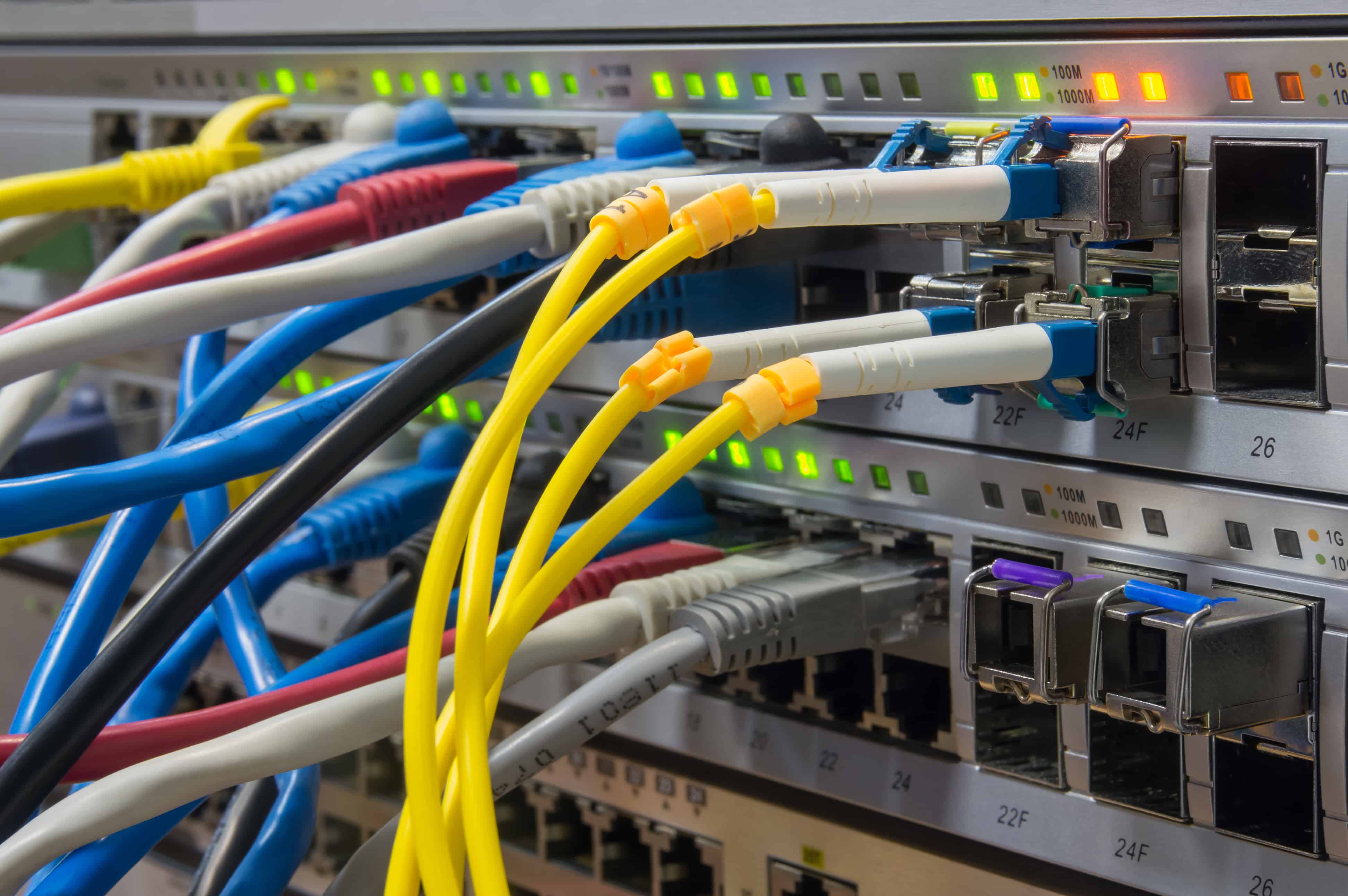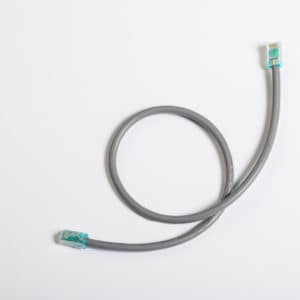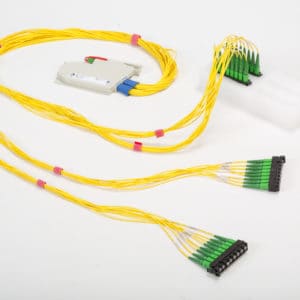
21 Jul Patch Cabling Definition, Types, and Uses
Patch cables are critical to the operation of electronic and optical equipment, and can allow system performance to operate at the intended high speeds and bandwidth.
Patch Cabling Definition
A patch cable connects two electronic or optical devices to each other for signal routing. This is usually for network applications, to “patch” a signal from one hub, switch, or router to another hub, switch, or router. Use patch cables to carry a variety of signals, such as:
- telephone
- audio
- video
- digital signals for networked and non-networked applications
The terms “patch cable” and “patch cord” are generally synonymous. However, the patch cable definition differs in that patch cords typically refer to non-networked applications, such as wiring audio components.
Routers or patch panels are mounted hardware assemblies with ports to connect and manage incoming and outgoing cables in a Local Area Network (LAN). To arrange circuits in a patch panel, one can plug or unplug the appropriate patch cords.
Types of Patch Cabling
Patch cables can be made from a variety of cable types: coaxial, UTP, STP, and fiber patch cable types. Further, pig tails refer to a cable assembly that has been terminated only at one end with exposed bare wires. This allows the installer to customize the termination in the field for a direct and permanent connection.
Copper Patch Cables

Copper Patch Cable
Ethernet and patch cables use copper because of its
- tensile strength,
- ductility,
- thermal expansion,
- corrosion resistance, and
- pliability.
Ethernet cables and patch cables can be the same thing. However, patch cables are generally shorter cable assemblies used to connect equipment in computer bays or racks, or to connect peripheral devices to the computer. Typically used over short distances, they generally do not exceed two meters in length. Some applications require longer cables for looping, to allow for future movement, or to eliminate slack and potential damage or kinking. Although, some copper patch cables may be only a few inches long.
LANs generally use Category 6A, 6, 5e or 5 patch cables. Manufacturers of these cables vary their constructions to allow for unique electrical performance, so it’s worth checking out the cable brands and their specific technologies. While network speeds can be very fast, a patch cable can be a source of obstruction and degradation of the signal. So, selection of the appropriate patch cable for the intended network application and environment is very important. It can improve the performance of the entire network.
Fiber Optic Patch Cables

Fiber Optic Patch Cable
A fiber optic patch cord, or “jumper cable,” is a cable assembly with a fiber optic cable terminated at each end. The pre-terminated connectors allow it to be conveniently connected to an optical switch, CATV, or other telecommunications equipment. It connects an optical transmitter, receiver, and terminal box. These devices can use Single Mode or Multimode fiber patch cable types and a variety of fiber optic connectors.

